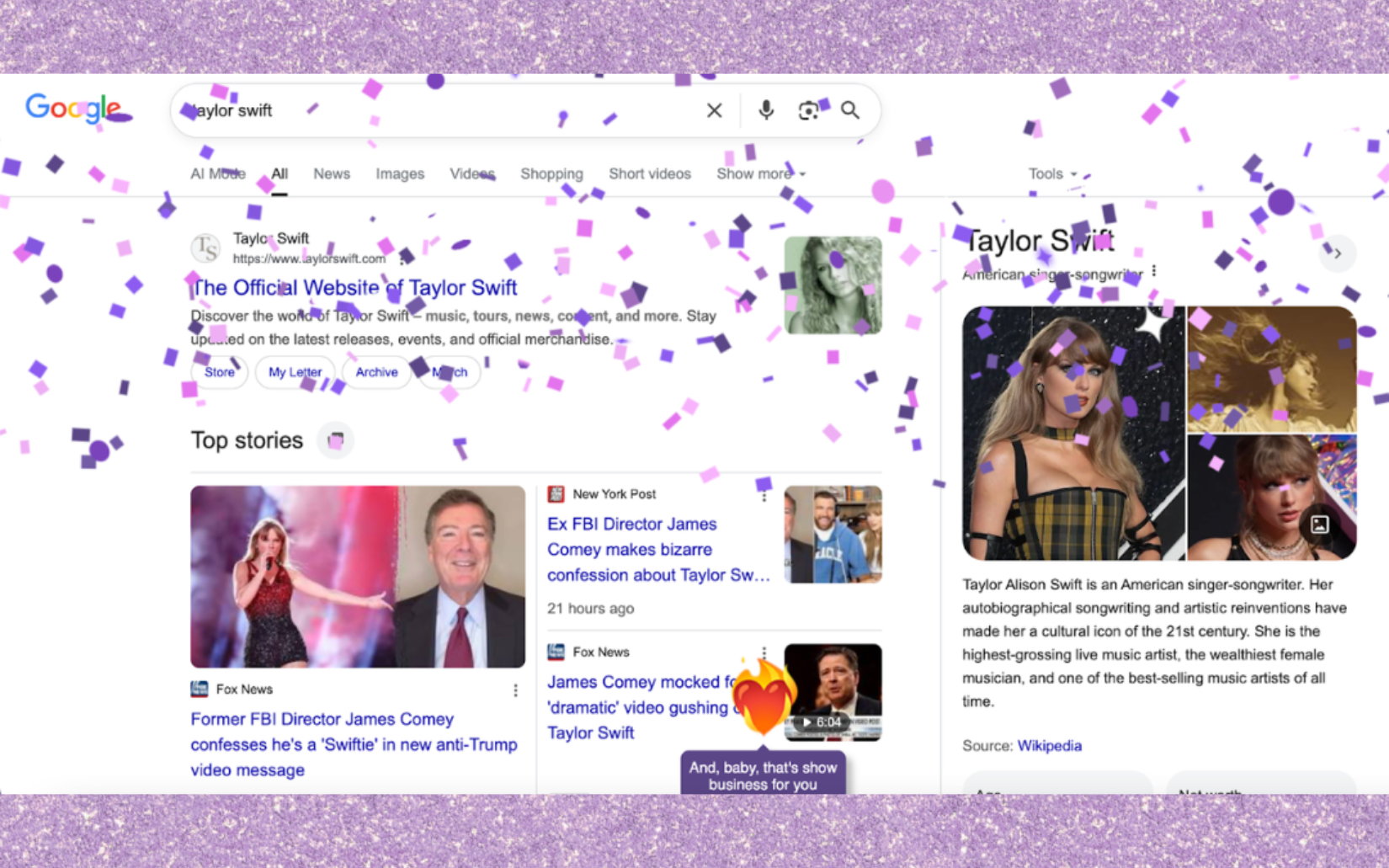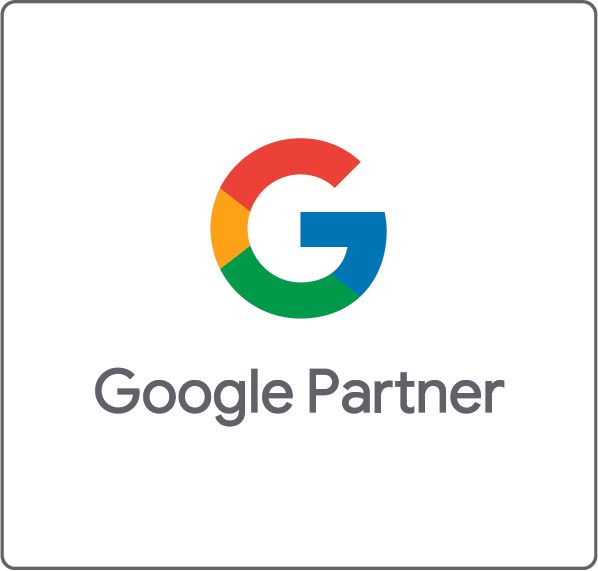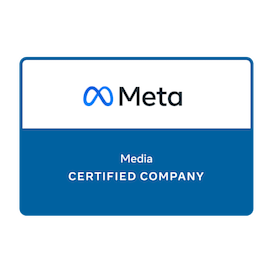How To Target An Audience Without 3rd Party Data
In digital marketing, third-party data provides key insights into customer behavior and habits. This data helps advertisers to achieve better ad targeting, which means customers can enjoy a more personalized shopping experience. Third-party data has recently become more difficult to obtain due to new user privacy settings in Apple’s iOS 15. Apple Mail no longer supports pixels, which means that senders are not able to collect valuable user information to hone their email marketing strategies. Apple users also have greater flexibility in choosing which apps can track their activity. Over 60 percent of iPhone users are opting out of app tracking based on App Tracking Transparency prompts according to a recent CNBC report. On top of this, legal regulations such as the California Consumer Privacy Act and the General Data Protection Regulation allow users to scale back the amount of data that is shared with third parties.
What can advertisers do to still deliver individualized experiences to customers? Check out our tips below!
Collect First-Party Data
First-party data is
information that is gathered directly through an organization’s website, social media, POS, or digital advertisements. For example, a lead generation form requires customers to provide personal details such as their full name, email, phone number, or address. This information can then be stored into a Customer Relationship Management (CRM) software and used later for marketing campaigns. To get started with gathering first-party data, consider offering customer incentives such as special discounts or loyalty
rewards in exchange for filling out a lead form. This also means adding in an opt-out option so the data is submitted willingly by users. First-party data can also be found through monitoring how customers engage with different posts on social media. Comments, likes, reactions, and shares are all useful in learning about what certain customers like and dislike.
Leverage Available Analytics
Many
website platforms such as Squarespace offer important metrics such as views, bounce rate, and conversions. These metrics can be used to determine whether a page is successful. They can also be helpful to gauge the impact of a site change such as a page redesign. Some sites have an abandoned cart feature that will send an email when a customer leaves the site before purchasing, which is an added way to target customers. Other platforms like Google Analytics can allow advertisers to view more details such as session duration, location, and unique visitors. On social media, both organic posts and paid advertisements have analytics available. Facebook has a “Post Details” tool that shows organic impressions, reach, negative feedback, clicks, and engagements. Instagram has a similar tool under the “Account Insights” section.
Utilize Contextual Targeting
Contextual advertising means that advertisements will appear next to related
content. For example, keyword targeting allows advertisers to have their ads displayed next to keywords that they choose. Google employs this advertising technique through AdSense. When advertising with Google Display Ads, Google
selects webpages in its Display Network that match different parameters such as keywords, language preferences, and location. Although contextual advertising is not able to capture as much nuance as behavioral targeting, a 2019
poll from DigiDay shows that 45 percent of publisher executives felt that there was “no notable benefit” to behavioral ad targeting, and 23 percent said that behavioral targeting resulted in declining ad revenues. Overall, contextual advertising ensures that customers still receive personalized ads without the use of third-party data.
Discovering a marketing strategy without access to third-party data can be challenging.
Ready to get started? Contact us today!
Subscribe
Sign up with your email address to receive news and updates.
Subscribe
We respect your privacy.
















